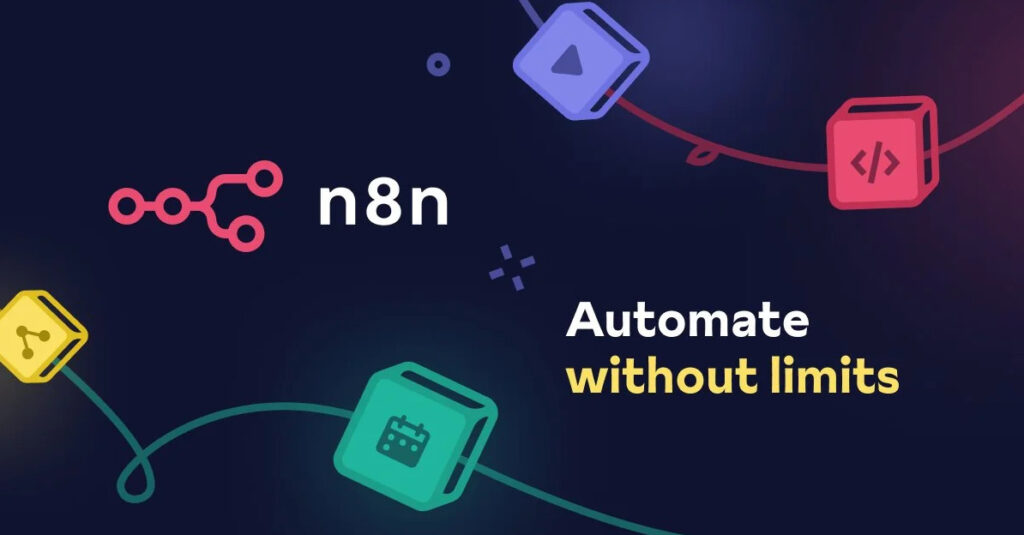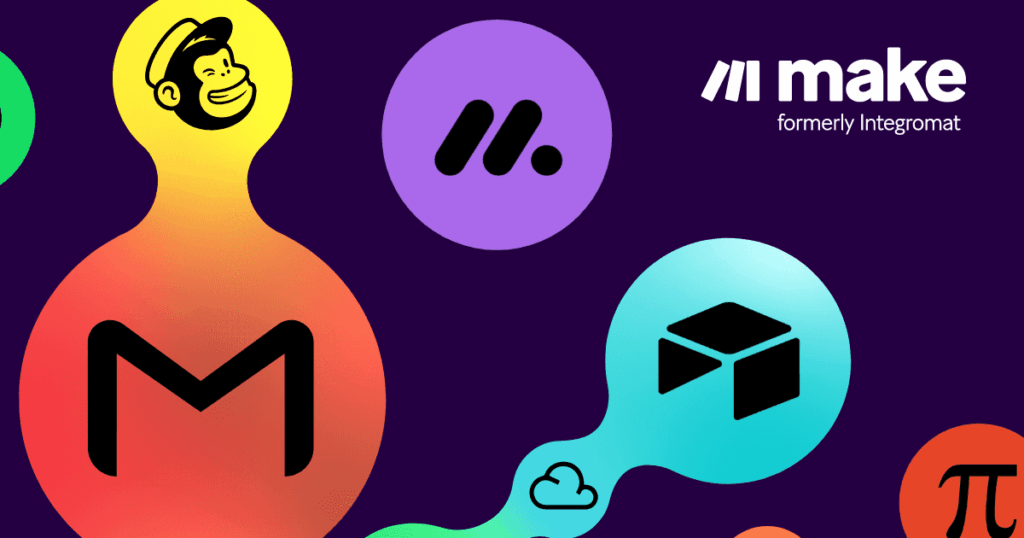If you’re still hopping between spreadsheets, copy-pasting data, and praying your team stays in sync, you’re bleeding hours—and money—every single day. That stops now. In this Introduction to Make apps, you’ll discover how to connect and automate your entire tech stack without writing a line of code. Imagine triggering workflows the moment a sale hits your store, routing leads into your CRM, and sending custom notifications—all on autopilot.
Most “no-code” promises are fluff—template traps that leave you half-automated and fully frustrated. I’ve worked with Fortune 500 clients and bootstrapped startups alike, and here’s the Million Dollar Phrase they all share: true automation isn’t about tools, it’s about mastery. In the next few minutes, you’ll see why Make’s platform trumps the competition, how to leverage its three app types, and the exact steps to build scenarios that hum like a well-oiled machine.
If you’re ready to stop wrestling with APIs and start orchestrating seamless workflows, keep reading. By the end, you’ll have a clear roadmap—and the confidence—to revolutionize your operations without a developer. Let’s dive in.
Why 97% of Introduction to Make apps Strategies Fail (And How to Be in the 3%)
Most companies approach no-code integration like they’re choosing a new coffee maker—plug and go. Reality check: integration is war, not coffee. If you skip strategic planning, you’ll end up with broken scenarios and patchwork solutions.
The Hidden Cost of “Simple” Integrations
- You waste time mapping fields manually.
- Dependencies break when one app updates.
- You can’t scale—every new workflow is reinventing the wheel.
In my work with high-growth startups, I’ve seen teams spend 40+ hours debugging “no-code zaps.” That’s why Make’s module-based approach is a game-changer. Each app is a building block, allowing you to swap, upgrade, or expand without collapsing the entire workflow.
3 Types of Make apps You Can’t Ignore
Understanding app categories is your launchpad. Choose the wrong type, and you’ll hit compliance roadblocks, face unmaintained integrations, or get locked out of crucial workflows.
- Verified apps: Built and reviewed by Make’s team or top developers. Reliable, maintained, and priced per plan.
- Community apps: Crafted by partners and power users. No Make revenue—may require direct purchase.
- Custom apps: Your private or invite-only creations. Total control, but you own maintenance.
Pick the right category based on support needs, budget, and growth plans. In a moment, you’ll see how to evaluate each type.
4 Powerful Steps to Automate Without Code
Stop guessing—follow this exact blueprint to deploy your first scenario in under 30 minutes.
- Define Your Trigger: Identify the event (new order, form submission).
- Select the App Module: Choose from verified, community, or custom.
- Map Your Data: Drag and drop fields across modules—no manual entry.
- Test & Schedule: Run a dry test, then set your scenario live on your preferred interval.
Future Pacing: Picture your morning coffee while Make routes your new leads, updates your dashboard, and even sends a Slack alert. All without you lifting a finger.
Pattern Interrupt: What if I told you there’s a hidden feature in Make that auto-retries failed requests and emails you the log? Most users miss this—don’t be most users.
Step #1: Define Your Trigger
Every scenario starts with a trigger. It’s the moment you go from manual work to fully automated. Whether it’s an API call, webhook, or scheduled time—be precise. A poorly defined trigger means scenarios firing too often or not at all.
Step #2: Select the App Module
In the scenario editor, click the “+” and pick your app. If you can’t find it, search the Apps Marketplace. Pro Tip: Filter by “Verified” first for maximum reliability.
Make vs Zapier: The Automation Showdown
Trying to choose between Make and Zapier? Let’s cut to the chase:
| Feature | Make | Zapier |
|---|---|---|
| Visual Scenario Builder | Full canvas, drag-drop modules | Linear steps only |
| Conditional Logic | Advanced routes & routers | Basic filters |
| Error Handling | Auto-retry & logging | Manual replays |
| Pricing by Operations | More predictable at scale | Per task pricing spikes |
If you need deep customization and enterprise-grade controls, Make wins hands down. If you want simple one-direction tasks, Zapier does the trick—but you’ll hit a wall at scale.
“The difference between good and great automation isn’t the tool, it’s the strategy behind it.”
How to Choose the Right App Type in 3 Quick Questions
- Do you need guaranteed support? → Go Verified.
- Is cost-sharing with partners critical? → Explore Community apps.
- Require exclusive, internal logic? → Build a Custom app.
If you answered “Yes” to all three, start with a Verified app and layer Custom modules as you scale.
Expert Tip: In my work with Fortune 500 clients, we often blend Verified core modules with Custom extensions—zero downtime, full control.
What To Do In The Next 24 Hours
Don’t just read—execute. Here’s your action plan:
- Log into Make and browse the Verified apps list.
- Identify one repetitive task eating up at least one hour/day.
- Build a simple two-step scenario using a trigger and an action module.
- Test it, schedule it, then watch your calendar free up.
If you follow these steps, you’ll reclaim a full workday within the week—no surprise developer bills required.
- Verified apps
- Official integrations audited and maintained by Make or certified developers.
- Community apps
- User-created modules shared in the Apps Marketplace; may require separate purchase.
- Custom apps
- Private or invite-only integrations created by you or your team.
Next-Level Momentum: Once your first scenario is live, audit your top five manual processes. For each, ask “If this could happen automatically, what would I do with the extra time?” That question fuels high-ROI projects and keeps you in the 3% who don’t just use Make—they dominate with it.





